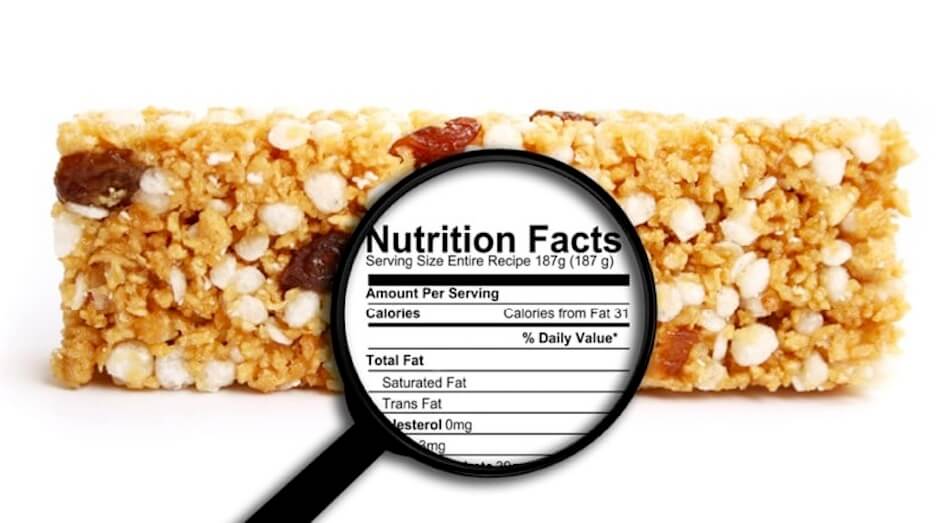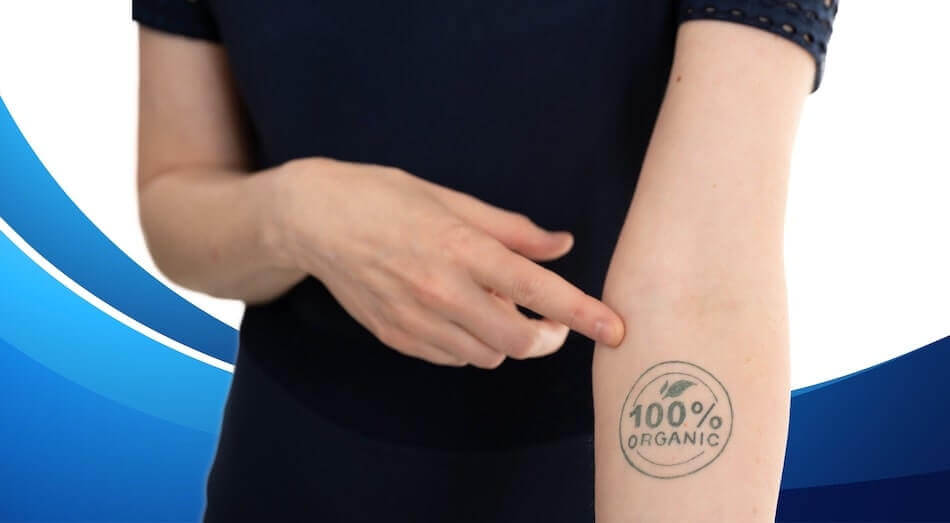How to Make a Nutrient Content Claim
Jennifer Allen breaks down the rules behind claims on labels and packaging
We’re all familiar with nutrient-content claims, even if we’ve never heard that name. Terms like high, low, good source, added, enriched, more, and fewer, when paired with a particular nutrient, signal to the consumer that a product is healthy. For many consumers, the nutrient-content claim may be the only information they read, so adding one to the product label can pack a significant punch.
The FDA regulates nutrient-content claims, with some general rules set forth in 21 CFR § 101.13, and more detailed requirements laid out in sections 101.54-69, these latter provisions being commonly referred to as Subpart D. Subpart D provides the maximum and minimum amounts of each regulated substance that would allow the product to qualify for a nutrient-content claim about that substance. This article summarizes the general rules for nutrient-content claims. But anyone wanting to make such a claim should also follow the detailed requirements in Subpart D before sending any label to the printer.
FDA defines a nutrient-content claim as a claim that expressly or impliedly characterizes the level of a nutrient of the type that is required to be listed on the label’s nutrition-information panel (the information required to be on the nutrition-information panel itself is not considered to be a nutrient-content claim).
Read Jennifer's full article in Quality Assurance & Food Safety magazine.




